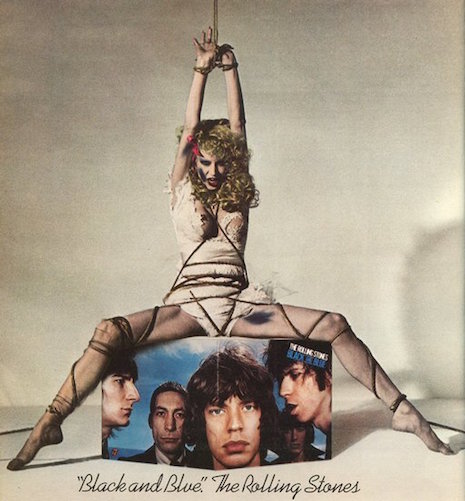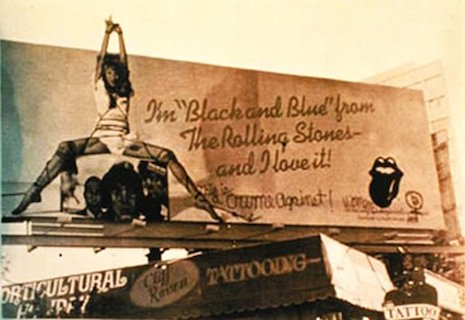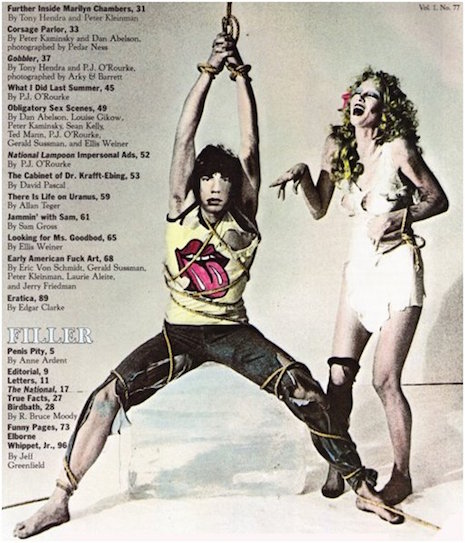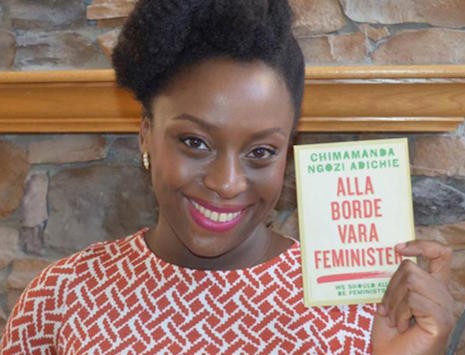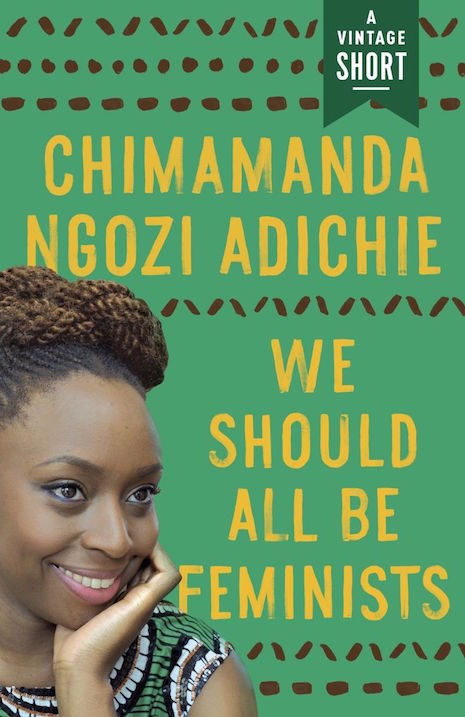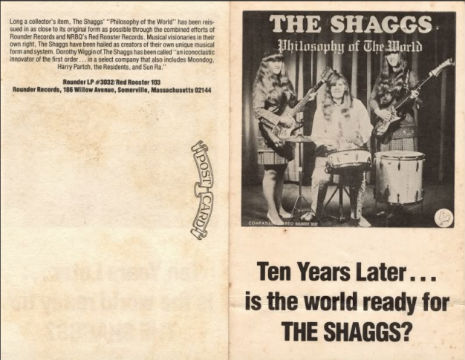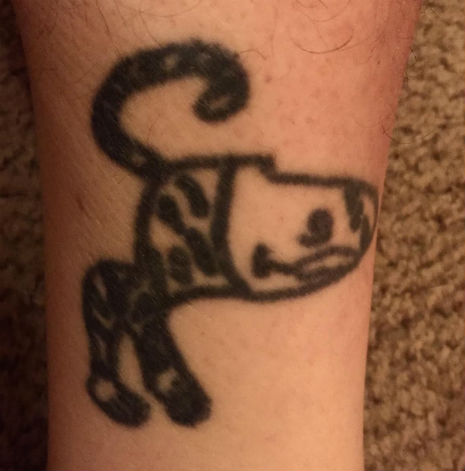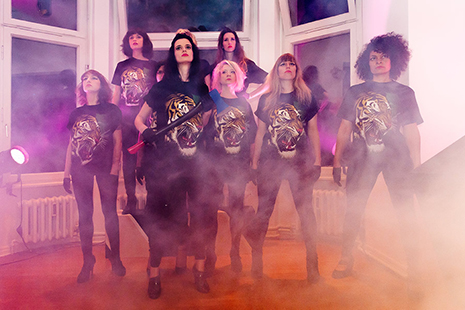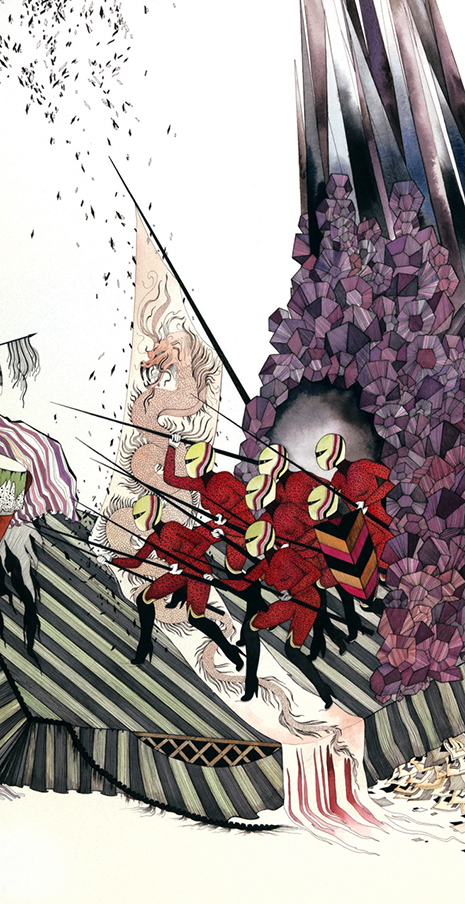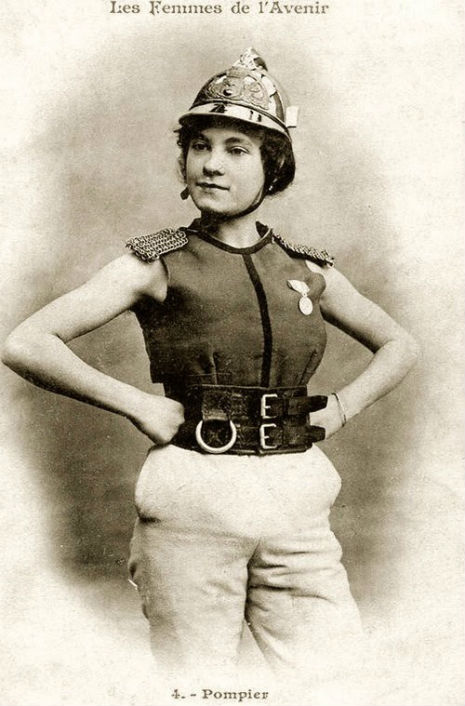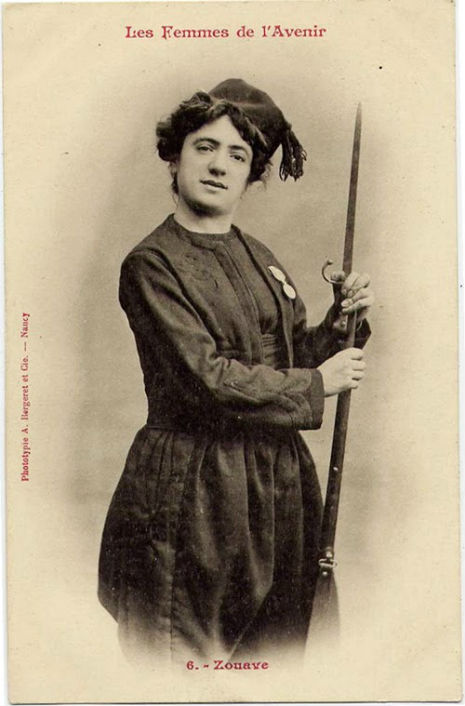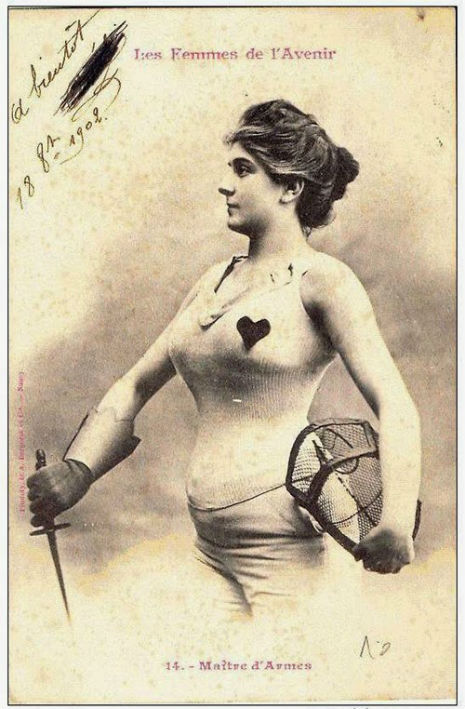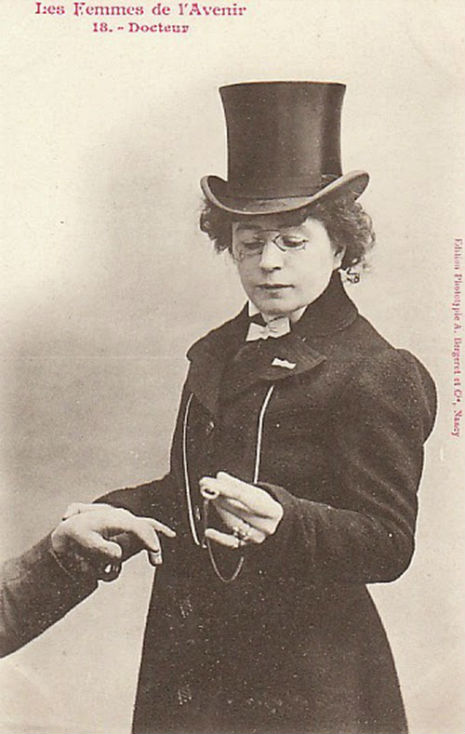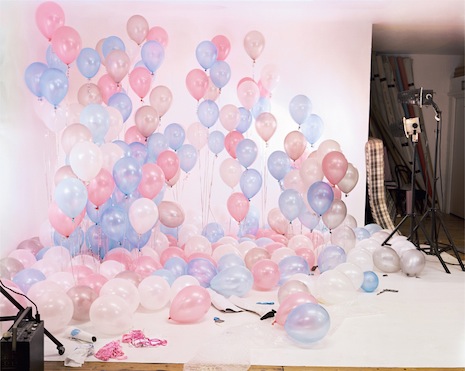
Balloons set (2004)
I was once on a porn set. It wasn’t how I had imagined it would be. I was part of a production crew making a documentary about online porn. We were in the upstairs bedroom of a small terraced house in the north of England. Outside all the houses looked the same: red-bricked back-to-backs with cobbled lanes. Quiet streets, half-net curtains hung in windows. In a small bedroom a man who looked like Benny Hill wearing a blonde Beatle wig was directing two young girls in bikinis to cover their bodies with various food products. He was filming their antics for his web channel, telling the girls to squirt more mayonnaise down their cleavage, splatter more beans on their bottoms, get that ice cream all over their chins and so forth. Downstairs Benny’s wife sat by a coal fire patiently knitting, and sipping weak sweet tea.
Behind the fantasy set of latex curtains, paddling pool, ketchup bottles and assorted props was a small dingy room—the kind seen in Britain’s black & white kitchen-sink dramas of the 1960s. The smell of congealing food was nauseating but the girls who were smeared with it were laughing and joking and egging each other on to be more outrageous. Their onscreen activities seemed very unsexual. I was seeing the whole absurd scene—the bare floorboards, the peeling wallpaper, the small tripod lights—not the close-up titillation being broadcast to an excited online audience paying by the minute.
This dissociation between the pornographic image and its creation—between location and use—form part of Jo Broughton’s photographs of empty porn sets.
Broughton was studying a foundation art course at Thurrock, Essex, when she was sent for work experience to London, as she explained in an interview with Jean Wainright.
I thought what I was being sent to was a glamorous fashion shoot when in actual fact I walked into a studio in Hoxton to a nurses set being set up and a girl walking out of a changing room wearing suspenders and stockings, the full monty kit. Quite an abrupt Yorkshireman approached me and asked if I’d ever seen a “fanny up front” and I squeaked “No” and he replied “Well today’s your lucky day”.
[Fanny is British slang for “pussy” not rear end—the difference of meaning once disconcerted English jazz singer Cleo Laine when her American doctor said he was going to give her “a jag in the fanny.”]
Jo was supposed to be doing two weeks work, but dropped out of college and stayed with the studio for two years.
For a long time I had quite a problem with what was going on there, I was quite conflicted. I was green as grass; I’d never ever walked into something like that before…
..It was very contradictory in some respects to have this space where I was safe and had a connection to people that were “family” and yet it’s perceived as very unsafe to other people: it’s a safe industry because they work very safely but it isn’t your desired environment, I wouldn’t desire it for my child to work as a pornographic model. My conflicting emotions stayed with me and I hid it very well, where I’d been and what I’d been doing, for a long time.
She worked as a studio assistant.
...my job was to paint the set, make lots and lots of tea and to sweep up. I was just the dogsbody, to put up the lights; always give Steve a “pop”, meaning I’d have to dump the power on the light packs for him to do the light test. I had to put up the poly boards and all the normal stuff you do in a studio with the content of a sexual nature, which actually was very tame and quite tongue in cheek now.
Having left college and finding herself temporarily without a place to stay, Jo started sleeping on the studio sets at night. During the day she was working as a photographic assistant at major Sunday broadsheet the Observer. Because of how people perceived porn, Jo could tell no one what she was doing or where she was staying.
When I was working as an assistant we would get phone calls all day, somehow people had got hold of the studios number and they would scream obscenities down the phone and make threats. People were repelled and absolutely disgusted by the subject of porn; you just didn’t mention that you worked in the porn industry. So in order not to be tainted by that brush, I didn’t dare mention it when I was at The Observer because you just didn’t knew how people would take it, take what you did.
Then Broughton enrolled at Royal College of Art. She also continued visiting the studio every week and began working as a cleaner there.
I’d had these conflicting issues about these models seen as meat and I was doing all this feminist work and then I became Steve’s cleaner every two weeks. I became this… I don’t know how to describe it, this Igor character, cleaning up after someone. But also, I felt more humanistic towards the models, the industry and suddenly I started becoming more comfortable with it myself. I started to see this more human aspect because I’m seeing bodily fluids and I’m washing things and I’m in contact with almost what the untouchable is. You know, washing dildos and whatever, you’re there, at that point. And suddenly I started to laugh and see the funny side of it and going in and putting the radio on and seeing the set week after week after week, it would change. It made me laugh because you see the set, there’s so much work that goes into those sets and yet it’s still the same subject; tits and arse.
Broughton started photographing the sets at night. She was interested in revealing the reality behind the artificial glossy sex of porn mags.
I’m letting the audience in to see what I saw and also to take the power out of it almost. It is to say this is false, which I suppose pornography is, it’s false. I like the fact that there’s a brick holding up the poly-board that reflects the light, the ambiance coming in, the floor boards coming in. For me it’s really important to have those elements, also it shows humanistic elements of imperfections. Because in the magazines that its published in that would all be cut off and straightened and it would all be very glossy, so that was important. Also, I wanted to show the space I had this relationship with, that was important to me as well. This space doesn’t really know what’s going on, a table doesn’t know it’s a table, a porn set doesn’t know it’s a porn set and that’s almost what I was trying to do.
Each of Jo Broughton’s photographs was taken on a porn shoot. The bed sheets are crumpled and stained, stockings and shoes lie on the floor, discarded sex toys and lubricant are visible. The frame is devoid of people, only the evidence of sexual performance and the illusion of passionate intimacy remain.
More of Jo Broughton’s work can be seen here.

Christmas November Set (2003)
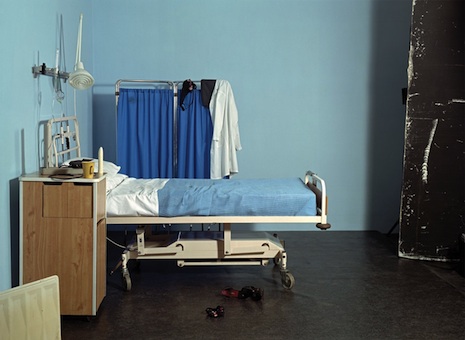
Nurses (2002)
More after the jump…












